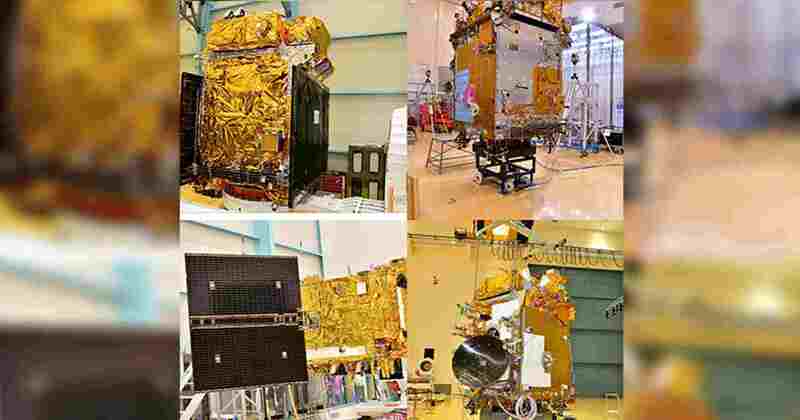Aditya-L1 Mission: Exploring the Sun's Mysteries
In a groundbreaking venture, the Indian Space Research Organisation (ISRO) is poised to launch the Aditya-L1 mission, an endeavor set to unveil the secrets of the Sun. Scheduled for liftoff in the initial week of September 2023, this solar exploration initiative marks a significant leap in space research. ISRO Chief S Somanath announced this remarkable mission shortly after the triumphant touchdown of Chandrayaan-3 on the lunar surface.
A Glimpse into Aditya-L1
Aditya-L1 represents a pioneering solar mission meticulously crafted to orbit around the Lagrange point 1 (L1) of the Sun-Earth system. Positioned approximately 1.5 million kilometers away from our planet, the L1 point offers a gravitationally stable location that enables uninterrupted solar observation. This strategic vantage point ensures that Aditya-L1 can continuously scrutinize the Sun, free from the interruptions of occultation or eclipses.
Unveiling the Instruments
The heart of the Aditya-L1 mission lies in its payload of five sophisticated instruments, each engineered to unravel distinct facets of the Sun's enigma. From delving into the corona, photosphere, and chromosphere to comprehending solar winds, the instruments promise a comprehensive understanding of our nearest star. Moreover, these tools are designed to analyze solar flares and the awe-inspiring coronal mass ejections (CMEs) – colossal discharges of plasma and magnetic energy from the Sun.

Illuminating Earth-Sun Relationship
The Aditya-L1 mission carries the promise of bestowing invaluable insights into the Sun's behavior and its repercussions on Earth. The trove of data acquired by the mission holds the key to unraveling the intricate relationship between the Sun and our home planet. This understanding is crucial for devising strategies to mitigate the potentially hazardous impacts of solar storms on Earth.
Pioneering Solar Research
ISRO's foray into the realm of solar research is underscored by the significance of the Aditya-L1 mission. As the first dedicated space mission solely aimed at comprehending the Sun, it propels India into a preeminent position in the field of solar exploration. This audacious endeavor symbolizes the country's unwavering commitment to scientific advancement and space exploration.
A Testament to India's Capabilities
The impending launch of the Aditya-L1 mission stands as a testament to India's burgeoning prowess in space exploration. Mere days following the triumphant touchdown of Chandrayaan-3 on the lunar surface, this feat highlights the nation's evolving capabilities and ambitions in the cosmic domain. The Aditya-L1 mission serves as a poignant reminder of India's strides in the global space landscape.
A Bright Future for Solar Research
The Aditya-L1 mission is poised to revolutionize India's space program, unraveling the enigma of the Sun while bolstering our understanding of its intricate relationship with Earth. By positioning itself at the forefront of solar research, India solidifies its role as a pioneering player in space exploration. ISRO's dedication to the success of this mission underscores its commitment to fostering cutting-edge discoveries in solar science.
As the countdown to the Aditya-L1 mission begins, anticipation surges in the scientific community and beyond. This ambitious endeavor holds the promise of unveiling the Sun's secrets and enlightening us about its profound influence on our planet. With the launch drawing near, ISRO's commitment to advancing human knowledge and space exploration shines brighter than ever before.
FAQs
Q1: When is the Aditya-L1 mission scheduled for launch? A: The Aditya-L1 mission is expected to launch in the first week of September 2023.
Q2: What is the purpose of the Aditya-L1 mission? A: The mission aims to study various aspects of the Sun, including its corona, photosphere, chromosphere, and solar winds.
Q3: How far is the Lagrange point 1 (L1) from Earth? A: The L1 point is approximately 1.5 million kilometers away from Earth.
Q4: Why is the L1 point significant for solar observation? A: The L1 point offers a gravitationally stable location that allows continuous solar observation without occultation or eclipses.
Q5: What does the success of the Aditya-L1 mission signify for India's space program? A: The mission underscores India's growing capabilities in space exploration and solidifies its position in the global space landscape.
.png)
.png)
